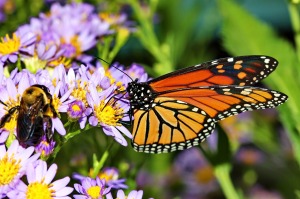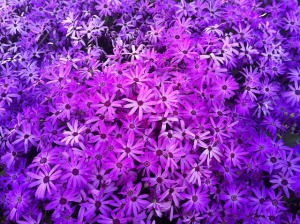Enjoyment and satisfaction.
That’s what I hope to feel tonight as I lead a hike from Jensen Lake trailhead within Lebanon Hills Regional Park. It’s one of my favorite hikes in the area, rated as moderately good quality habitat for native plants, according to the Department of Natural Resources (DNR).
Unfortunately, like the rest of the park, the Jensen Lake area has been infiltrated. Infiltrated by an army of silent alien invasive plants. Most people hiking along the lakeside paths have no clue of these invaders at their feet; It’s all just pretty green plants to them.
That’s a frustrating problem for those of us who can recognize our amazing native plants. We see–and wince–at all the alien invasive plants crowding and shading them out. Native plants our pollinators–birds, bees, beetles, ants, butterflies and moths–have evolved with. And, during this co-evolution, synchronized some of their growth and feeding habits.
A well known example of this is the Monarch butterfly. It requires Milkweed species plants only for their larvae to eat. Less well known is that lots of other pollinators here are just about as choosy in some of their needs.

The past few years I’ve seen a tremendous rise in the number and total amount of invasive plants inside the park. Thankfully, this year, Dakota County has allowed volunteers to partner with them to remove invasives in Lebanon Hills Regional Park.
In May we began by pulling Garlic Mustard, originally brought over from Europe to use for salad greens. Quitting by mid-June as the plant went to seed, we’d collected 170 bags worth–a good start. In July we started pulling a new, potentially devastating invasive: Japanese Hedge Parsley. I noticed it 2 years ago around Jensen and Holland Lakes. A biennial like Garlic Mustard, I was amazed at how it now seemed to be Everywhere! Not sure how much we’ve pulled but there’s a lot left. And, because both species produce a tremendous amount of seeds, and the seeds are viable for around 7-10 years in the ground (seed banks), we’ll be pulling these and other invasive non-woody plants for many years to come.

Still, it was a strong and satisfying start that we can build on next year. So, as I hike around Jensen Lake with the intrepid Thursday Night Hikers, I’ll enjoy the green trailside knowing next spring it can harbor more beautiful native species like Nodding trillium, and Jacob’s ladder.


